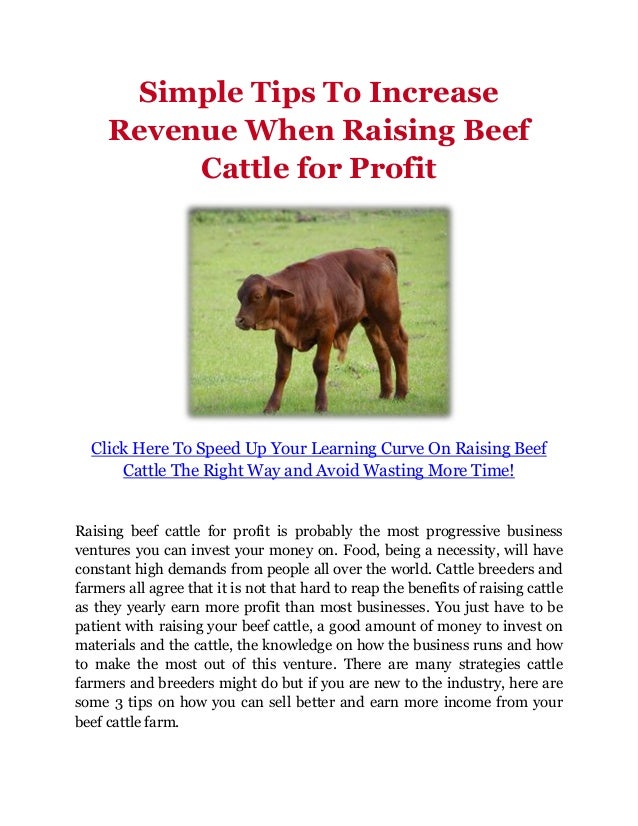
High sellers would include females that commanded $130,000, $95,000, $86,000, and $70,000.įreking Cattle & CK Cattle sold two bulls in the spring of 2021 that were both out of Profit daughters. Raising cattle commercially for making profit will require a handsome amount of capital. “It takes a pretty sizable herd to make that work for you,” he said.3 Profit Sons averaged $105,000 in the 2022 HCC Bull Sale.Ĩ Profit paternal grandsons averaged $25,900 in the 2022 HCC Bull Sale.ĩ Profit Daughters averaged $50,350 in the 2021 HCC 25th Anniversary Customer Appreciation Female Sale. If they do this for 12 years, then your initial investment of 8,500 for the bull and heifers will return a gross profit of 132,000. Olson said that at an average of $100 of profit per cow, a herd of 100 cows yields only $10,000 in net profit. The 2021 report is not yet available but will come out this spring. If not for those payments, producers would have lost $80 per head on average. The 2020 net profit was $33 per cow, and that’s after including $113 per head in accumulated federal payments to compensate for marketing impacts of trade retaliation, livestock forage programs related to drought and COVID-19 compensation. Intensive farmers move their cattle daily (or more) but a weekly move onto new grass while the other paddocks regrow is sufficient. Herds with a compact calving pattern confine the breeding period to no more than 70 days and remove the bull at this stage. That year, producers received $279 per head, while earnings averaged less than $59 per head since 2019.

Olson looks back to 2015 when beef cattle enrollees saw healthy profits, expressed as the net return for bred heifers. Feeding management of beef cattle can be divided into the three phases of rearing, growing and finishing. This is accomplished by purchasing a bull that will excel in growth traits that allow the rancher to sell the maximum pounds of weaned calves off the ranch. The producers use cash accounting for taxes but the program analyzes their books on an “accrual” basis, which includes current values of all inventories. market requirements and generate a profit. Spending as little as 750 more on a known, better bull could net you an additional 1,475 more per bull, annually. To help keep the livestock’s digestive systems working correctly you should provide your cattle with some forage. These type of cattle can eat up to three percent of their body weight a single day, only on dry feed. Beef cattle is a centerpiece for most of his 70 enrollees. Raising beef cattle a farmer should prepare themselves for big appetite animals.


Olson is based at Bismarck State College. “It’s been a long haul and some very tough years,” said Kyle Olson, an instructor with the North Dakota Farm Management Education Program. Cattle farms and ranches in North Dakota have been limping along for several years on just scrape-by profits.


 0 kommentar(er)
0 kommentar(er)
